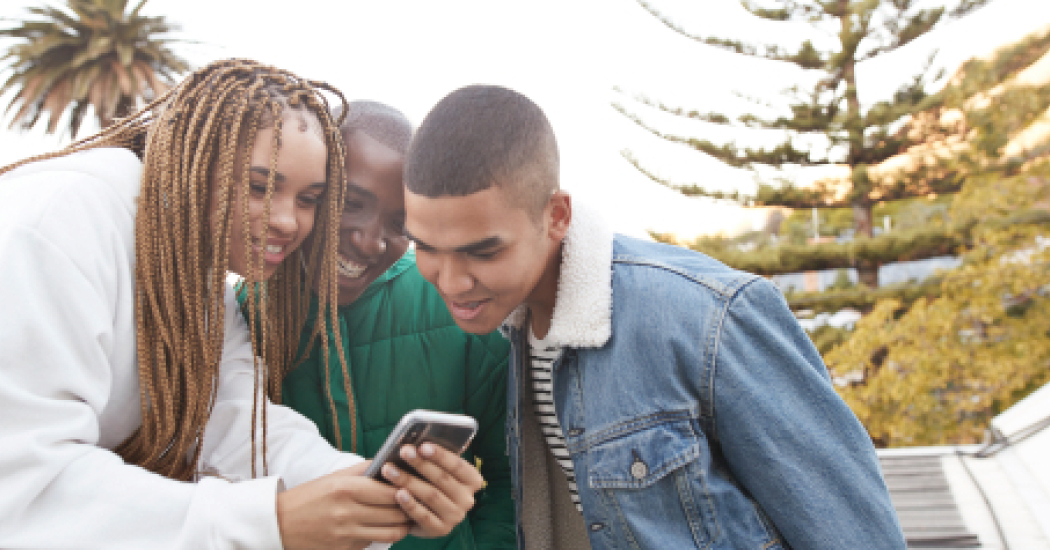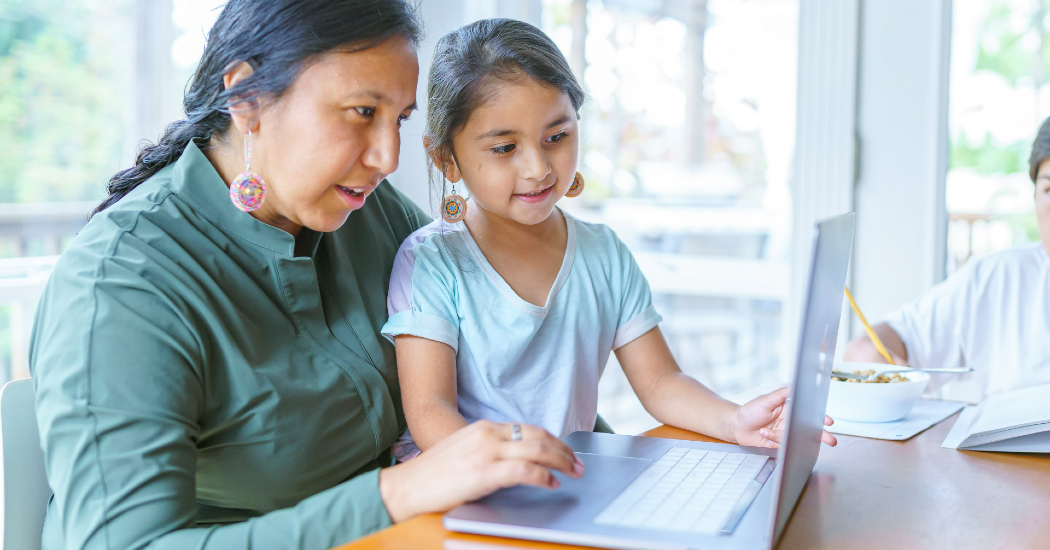Conference Takeaways: 2022 ANA Digital & Social Media Conference

The 2022 ANA Digital & Social Media Conference captured discussions from leading marketers about the latest in digital technologies, leveraging industries like gaming, and navigating measurement across social media platforms. Here are some key trends and takeaways from the virtual event:
Leveraging New Platforms Like the Metaverse
There was a lot of talk about marketing in the metaverse, with leading brands creating virtual experiences to engage with customers in new ways to increase brand awareness.
Cheers to virtual beers, and reaching new audiences. For Super Bowl LVI, Miller Lite partnered with Decentrland, a browser-based metaverse project, to launch a bar where people can virtually drink beer (this also translated to free beer in real life), win prizes, and premiere their Super Bowl ad spot. The experience drove 1.5 billion impressions and the median time people spent in the bar was 20 minutes. The virtual bar was so successful that they reopened it in July with a partnership with J Balvin to test engagement with the Latino consumer.
Trick or (burrito) treat. Chipotle also saw success in the metaverse with their Boorito Halloween promotion on Roblox. The restaurant in Roblox awarded players with free burritos (in-game and in real life) when dressed up in a costume. The campaign generated 8 million game plays, more than 4.6 billion PR impressions, and 50,000 social media impressions, the most social engagement the brand has seen.
Targeting Millennials/Gen Z by Building Authentic Connections
Many of the sessions discussed how brands are targeting the millennial/Gen Z demographics through influencers.
For example, Denny’s aimed to increase brand awareness with younger demographics by having a diverse group of influencers imagine new dishes for their menu. The influencers’ content was used for television, TikTok and Instagram. The campaign resulted in a 320% increase in engagement on TikTok. They learned that working with micro—and mid-influencers can provide real added value and that collaboration provides a genuine connection to the audience rather than just a transaction.
Targeting the Gaming Community
Gaming was also a focus area on the agenda. A few takeaways for brands looking to market to gamers:
- Building equity is a long-term play—if you promote an event in the gaming industry and go dark afterward, gamers could see this as a negative.
- Consistency is everything. Through consistency, you build trust, and with trust you build engagement— thus building those real relationships you need to have with the gaming population.
- Authenticity comes with understanding specific gaming communities. For example, the game League of Legends has 100 million players and each community has a different set of needs and opportunities. Brands can add value to those communities by understanding their needs and integrating them into messaging.
- When sponsoring an event for eSports, it’s all about partnering for impact. It’s important to choose the right partners that share your vision, want to collaborate and have the same values.
Data-driven Social Media Strategy
There was an emphasis on utilizing specific platforms to the best of their ability to form pure connections with targeted audiences. Leveraging data and creative can help brands connect and engage with audiences – this starts from tracking audiences to see what their daily online activity is like (e.g. using Spotify in the mornings, Twitch in the evenings, etc.) and marrying that data with consumer insights, behaviors, and signals to define and refine audiences.
For example, Irish Spring rebranded and relaunched around the Super Bowl. They wanted to generate awareness and buzz for the millennial and Gen Z market. They utilized all platforms to the best of their ability—by creating filters and lenses for use on Snapchat, developing sponsorship opportunities on Twitter, and creating add-ons, super like, and voting stickers on TikTok. By utilizing content made for each platform, they were able to generate community engagement with their new branding. Their efforts resulted in high cam playtime on Snapchat, excellent pre-roll view rates on Twitter, and buzzworthy engagement on TikTok.
This article is featured in Media Impact Report No. 37. View the full report here.
